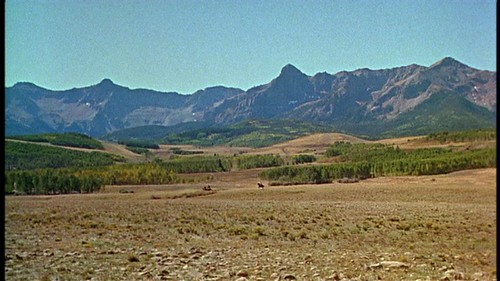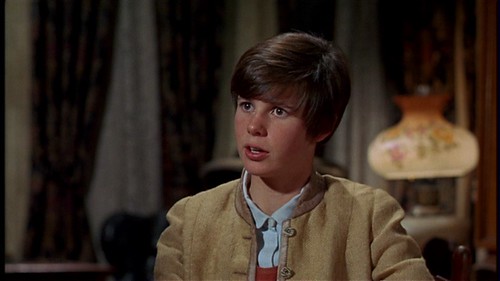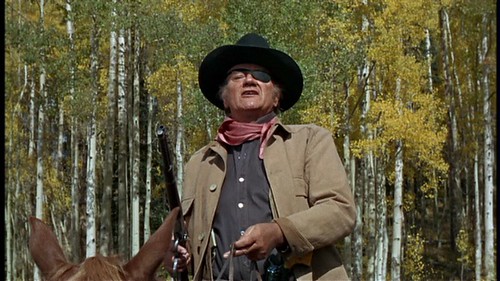
Or so says Leonard Cohen in the song that Christina dances to at the Exotica club. But we the viewers don’t know. And the participants on screen don’t know either. As this carefully woven film unfolds, we are given three storylines but no understanding of how they might fit together. Soon we see that some of the characters know things that the others don’t. And we realize that we know things that some of the characters don’t while they must know things we don’t.
I was impressed with this movie on first viewing it, and like it even better now that I have seen it several times. But I think one thing I have lost in knowing the film better is the sense of repeated revelation from the first viewing. I’m looking forward to what those of you who have never seen it before have to say, and maybe I can briefly relive that experience vicariously.
The very structure of the movie is built around this withholding of knowledge and understanding with the three seemingly unconnected storylines, but also with some of the visual devices. Time and again we see characters viewed through one way mirrors. The first line of the film is said by an as yet unseen customs agent: “You have to ask yourself what brought the person to this point?” He says this to another agent who is watching a suspect through a one way mirror—a suspect he will later have a tryst with without revealing himself. Then at the Exotica club, the one way mirrors figure repeatedly as we see three of our characters observing through the glass: Eric, Francis, and finally, Zoe.
The other visual embodiment of this obscurity is just obscurity. One of our storylines is a group of people crossing open fields of tall grass. We quickly realize that they are searching, and the open vistas are of no help to them because what they want to find would be down in the grass. At least one of the participants, Eric, feels that it is probably a futile quest and tells Christina “There are so many places you could hide something in this country.” But the most compelling image of obscurity is the murky green but glowing tanks in Thomas’s pet shop. What lives in there? Francis is disturbed by some strange creature in a tank in the moments before he discovers Thomas’s gun.






